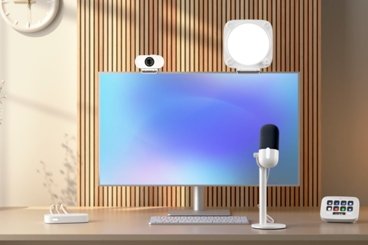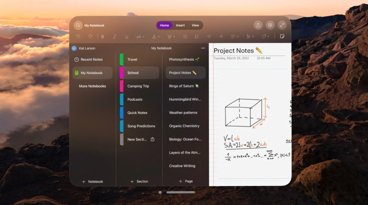First look: Apple's new 11 and 13 inch MacBook Air
The 11 and 13 inch MacBook Air models themselves are difficult to choose between, with the lighter, smaller model offering a few weaker aspects than its larger 13 inch sibling: a slightly slower CPU and system bus, smaller SSD options, and a lower resolution screen. However, the 11 inch model packs a resolution that is roughly the same as the existing 13 inch MacBook and MacBook Pro: 1366x768 vs their conventional "13 inch resolution" of 1280x800.
On the other hand, the 13 inch model has a "15 inch resolution" of 1440x900, the same as the 15 inch MacBook Pro, packed into the 13.3 inch display (although the latest 15 inch MacBook Pro now offers a higher resolution, 1680x1050 option.
This makes the 13 inch MacBook Air very competitive with the entry level MacBook and 13" MacBook Pro and a good general purpose notebook machine, although it lacks fast Ethernet (it's intended primarily for use on wireless networks, and uses the same, separately sold 10/100 Ethernet dongle as the previous MacBook Air).
The Airs also have no FireWire, no optical drive, supply less disk storage (due to exclusively using a fast SSD) and RAM (many Air models ship with a paltry 2GB, and they can only be upgraded as a build to order option for a max of 4GB; you can't add RAM after your initial purchase, as the memory chips are soldered into the logic board. Most other MacBook models can now accommodate a max of 8GB.)
For a very portable notebook, which is the intended role of the Air, the 11 inch model shaves off a little weight and significant size while retaining a full sized keyboard and trackpad. It does give up some display area, and the subtraction is most obvious in the vertical axis. So much so that you may want to reposition the Dock on the side or configure it to hide in order to have enough vertical room to work on your documents.
In the Apple Store, I spent some time agonizing over which model I wanted to get, and eventually decided on the 11 inch after discussing the pros and cons with a fellow shopper who also picked the smaller model. The store employee who sold me the notebook also noted that most customers were opting for the smaller version. It's small, particularly so for an Apple product. Note the difference in screen real-estate you get when you move or hide the Dock!
On page 2 of 3: Unboxing the Air.
The smaller palm rests on the 11 inch model seem plenty big enough to type comfortably. Both models are feather light. They feel about as light as the iPad, although the 11 inch model is actually slightly heavier: 2.3 lbs compared to the iPad's 1.5 lbs. The 13 inch Air is just 2.9 lbs.
The Air models give up some of their weight by not including an optical drive, which Apple is working to make increasingly less important, both by pushing movies toward digital downloads and rentals, and the new effort to push digital downloads of software through the upcoming Mac App Store.
Rather than encouraging users to also buy an external optical drive or use Disc Sharing, Apple now makes it easy to reinstall system software via a supplied solid state flash RAM dongle (see below).
Inside the box there's a normal Apple MagSafe power supply (your existing ones will work as well), and the normal papers. However, rather than including a DVD, it has a solid state USB dongle that contains a Mac OS X installer and iLife 11.
On page 3 of 2: 11 inch Air vs 13 inch Air vs iPad.
This injects some competition between the task oriented, entertainment-centric iPad and the desktop oriented, work-centric MacBook. Which you prefer should depend a lot upon what you want to do with it.
After launching the iPad to fit the niche between the notebook and the smartphone, Apple is now floating a new definition of notebook that overlaps in many respects with the iPad, while still fitting below the tier of full sized, fully expandable, and top performing MacBook Pros.
Where to Buy
Several Apple Authorized Resellers are offering discounts on the new MacBook Airs that go above and beyond Apple's educational discounts. For example, MacMall is currently offering AppleInsider readers an additional 3% off their already reduced pricing when ordering online using the links in the chart below, or through AppleInsider's full-fledged Mac Price Guide. The additional 3% discount offer expires November 15th. Currently, MacMall has about half the product line in stock. It's also offering $102 savings off a high-end, non-standard 13.3-inch configuration that includes a 2.13GHz Core 2 Duo, 4GB of RAM and a 256GB SSD.
 Daniel Eran Dilger
Daniel Eran Dilger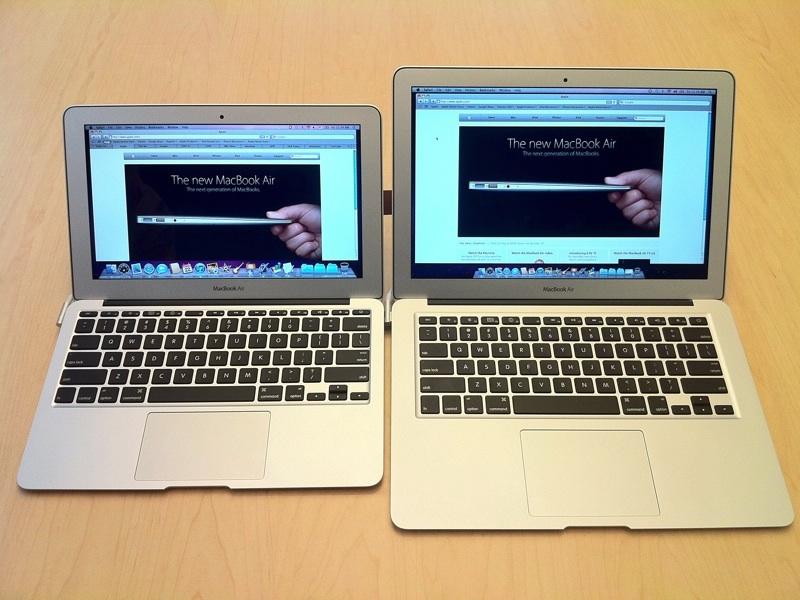
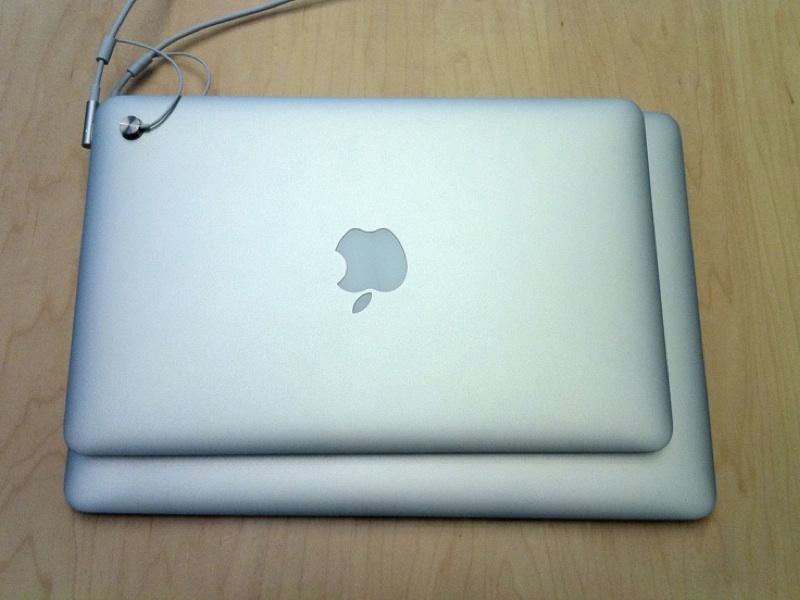
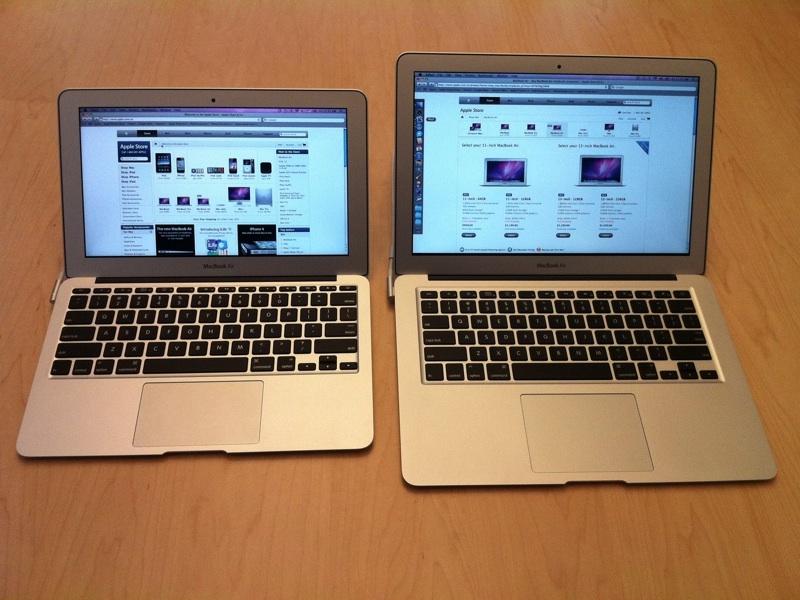
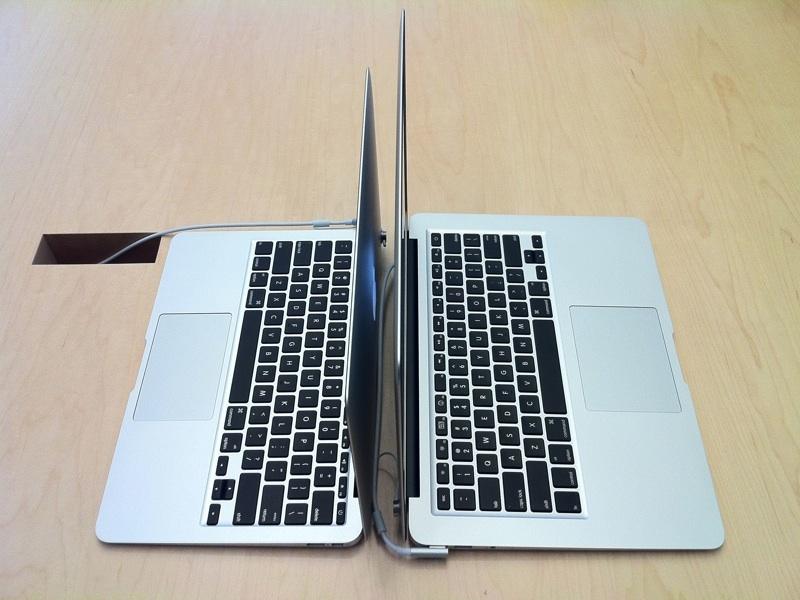
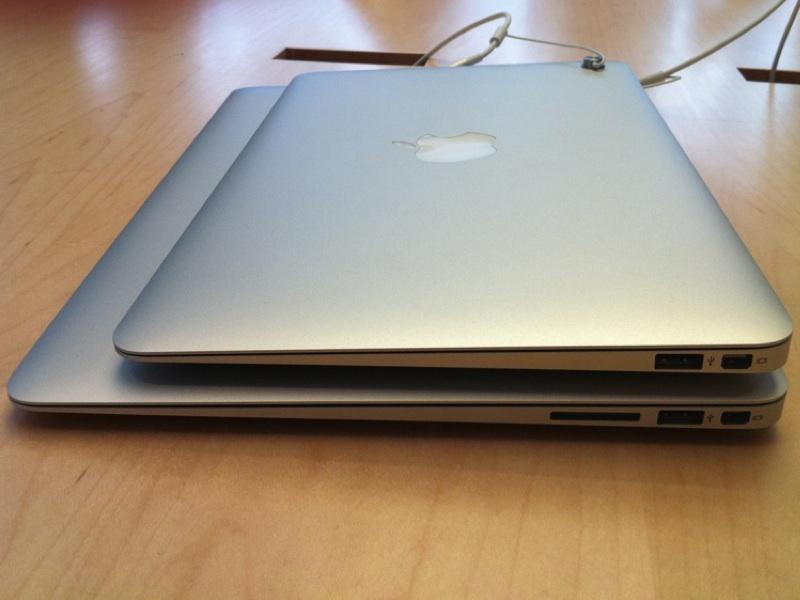
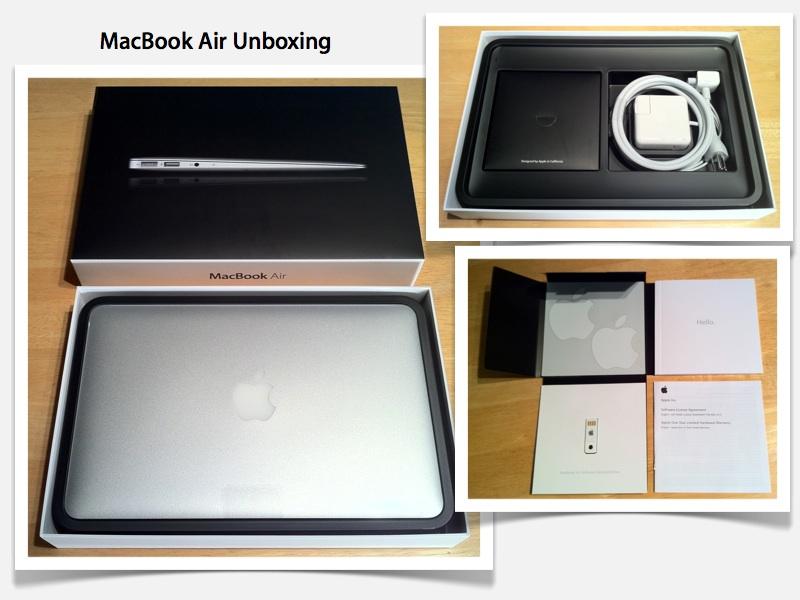
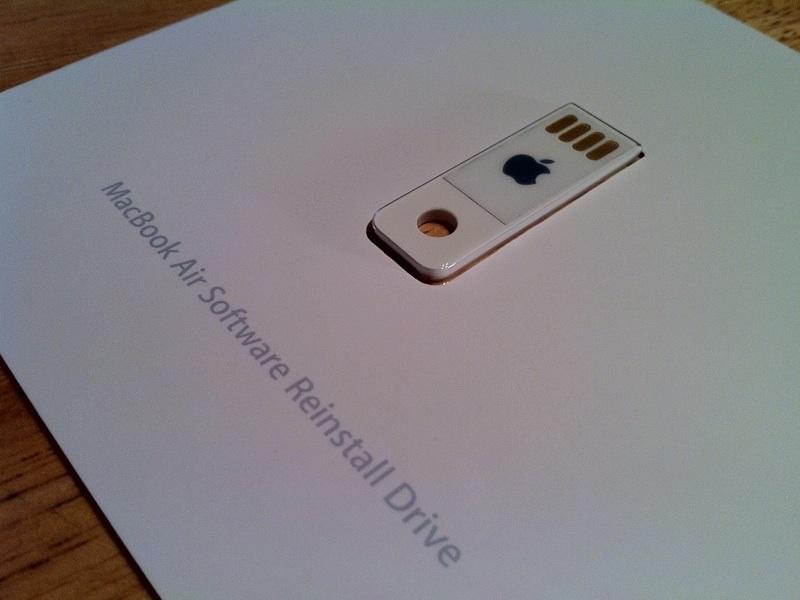
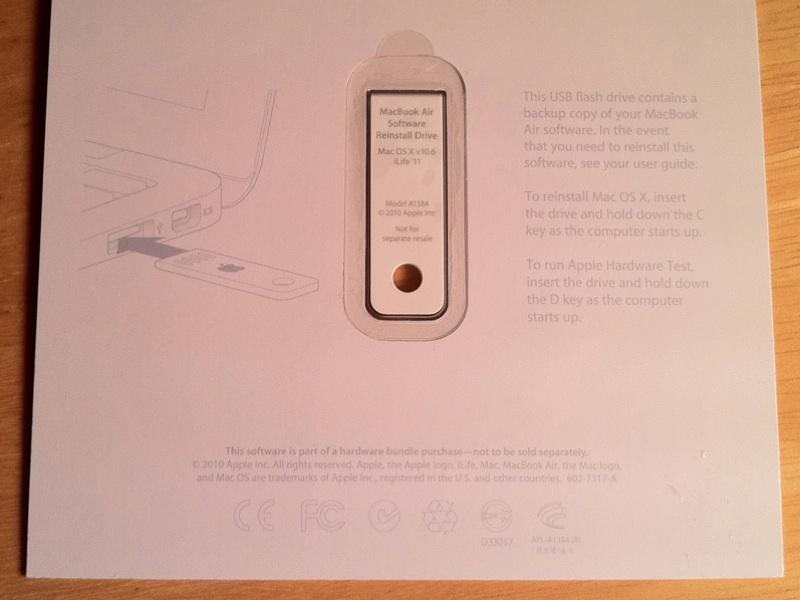
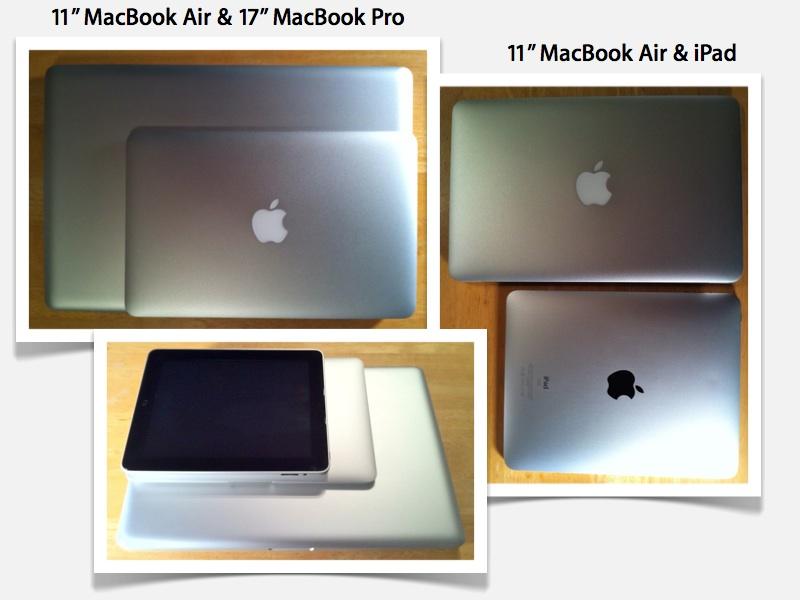
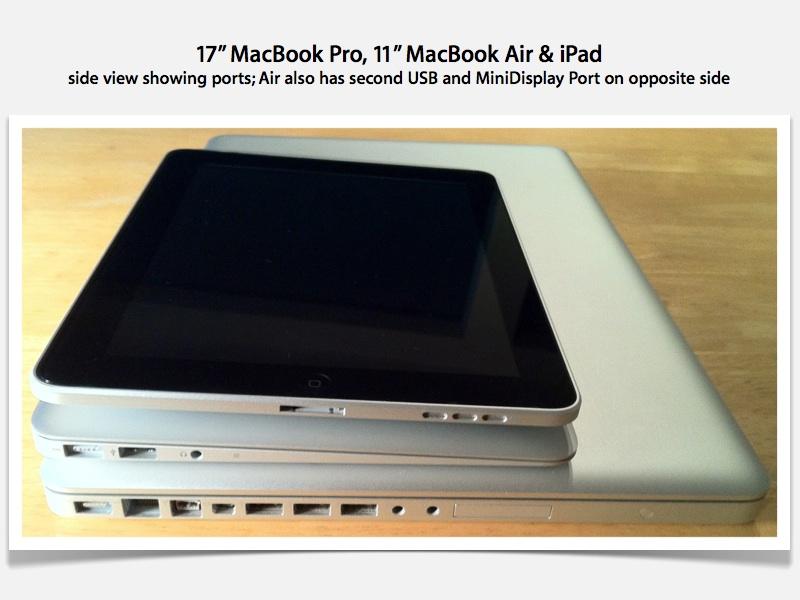
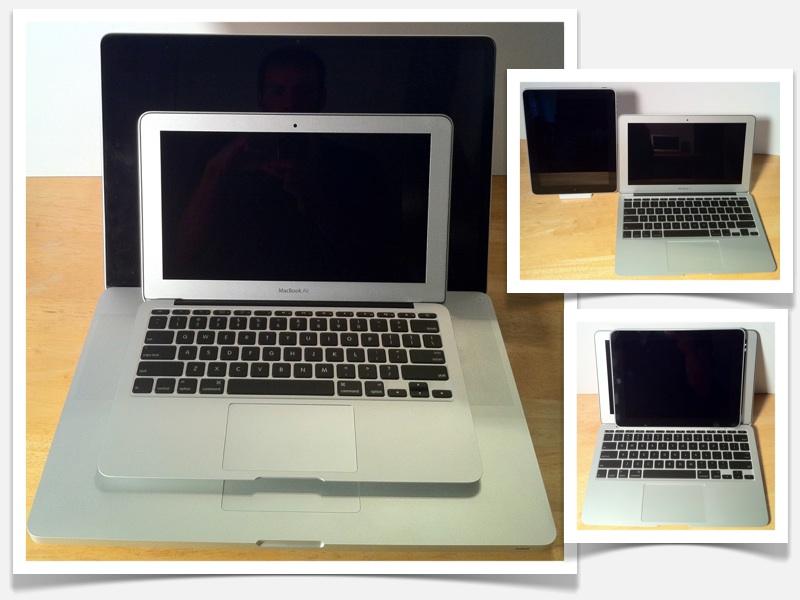











 Malcolm Owen
Malcolm Owen
 William Gallagher and Mike Wuerthele
William Gallagher and Mike Wuerthele
 Christine McKee
Christine McKee
 William Gallagher
William Gallagher

 Marko Zivkovic
Marko Zivkovic


